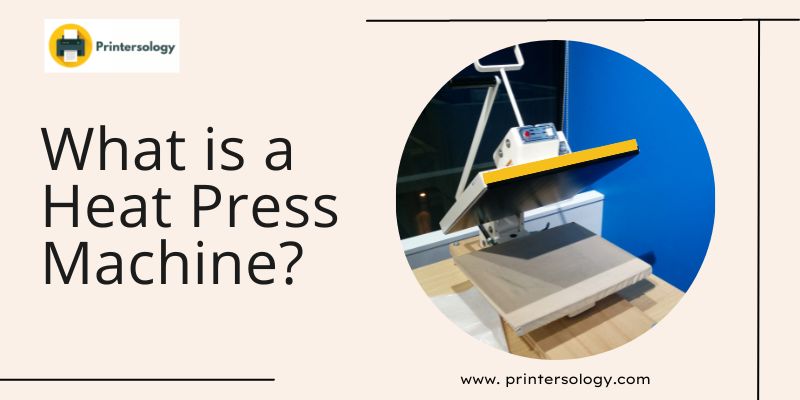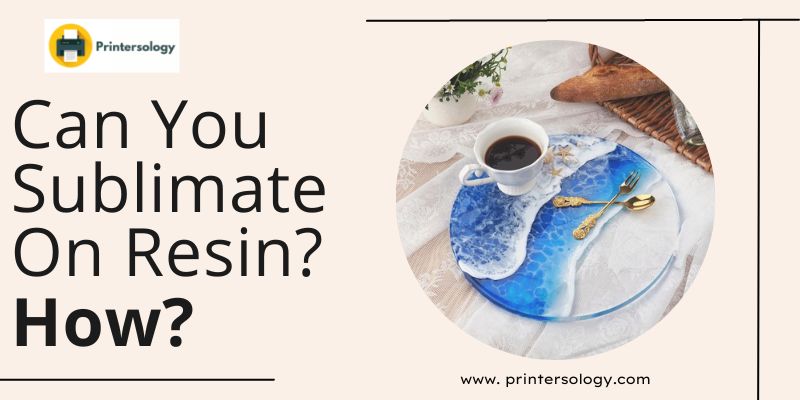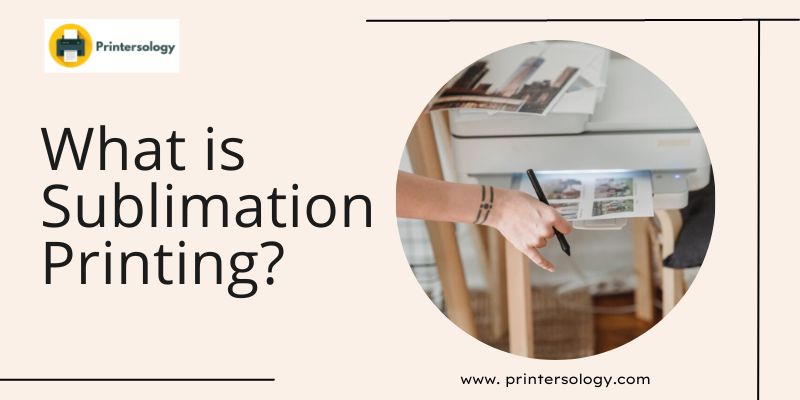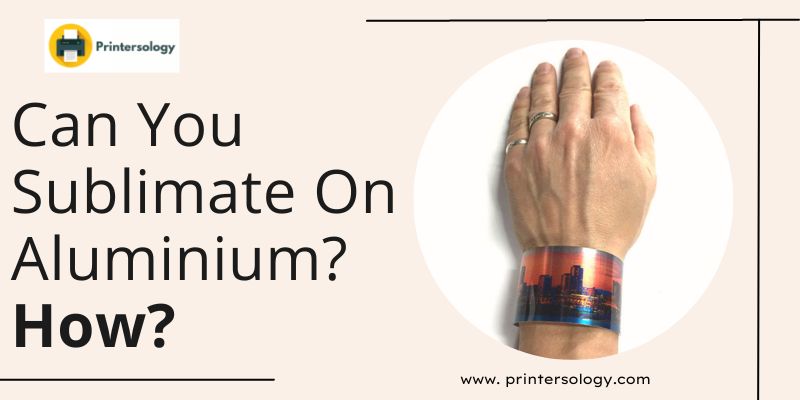What is a Heat Press Machine? How To Use It For Sublimation?
If you have ever worn a t-shirt or jersey with printed artwork or design on it, you have experienced the functionality of a heat press machine. Heat pressing is the leading way of transferring designs from paper to objects by applying heat and pressure.
If you are new to the sublimation printing scene and thinking what’s the role of a heat press machine in it. Keep reading to know what this machine is, how it works, its benefits, and some common issues associated with it.
I’ve covered them all from the sublimation aspect!
What Is a Heat Press Machine?

It is a device that is used to transfer a design from sublimation paper to the substrate. It uses an iron plate that needs to be heated to a certain temperature and an exact pressure applied to get the design transferred on the substrate.
Different substrates require different settings, you can set the temperature, time & pressure accordingly. This substrate can be anything like t-shirts, jerseys, cooking utensils, wood, copper, ceramic plates, tote bags, cups, and more.
If you fail to apply this specific temperature or pressure, the printing process might not work and can even end up ruining the substrate.
Role Of Heat Press Machine In Sublimation Printing
Heatpressing is the backbone of sublimation printing. Once the image or design is ready and printed on paper. It needs to be transferred to the substrate. In this process, the heat turns the dyes into a gaseous state. The vaporized colors then get ingrained into the substrate and, once cooled, turn from gas to solid. This way, the colors are strongly merged with it.
If done right, you can see amazing results, otherwise, you will end up wasting that substrate and all your efforts.
How Does a Heat Press Work?
The working mechanism is very simple. There are two plates or platens attached to the machine. The bottom platen is to place your substrate on it and the platen attached to the top is called the heat platen. This platen will heat up to the temperature you will set on the machine.
There is a digital display available where you can set the temperature and time. In some contemporary machines, there is even an option available to set the pressure as required.
There are different ranges for time, temperature, and pressure which you must stick to for optimal end results.
Time Range
The time range for which you can press the heat machine on the garment is between 0 and 999 seconds or 16 minutes. However, 16 minutes is a very long time and in most cases, there will be no requirement to press the machine for so long. For most printing works, you only need to press the machine for 30 to 60 seconds to transfer the design to the substrate.
Range Of Temperature
Most of them feature a temperature range between 0 and 500 degrees Fahrenheit. Sticking to this range of temperature is the most crucial step, as going above can burn the substrate as well as ruin the dyeing color.
Pressure Range
To change the pressure range, there is usually a control knob located somewhere at the back of the machine unless the machine allows you to change the pressure digitally. You don’t set the pressure by a number but rather through the weight of the plates such as light pressure, medium, medium-light, heavy, etc.
Uses Of Heat Press Machine
Some of the top uses are:
- Sublimation printing
- Printing on decorative patches
- Vinyl printing on garments
- Transfers on rhinestones
- Screen printing transfers
What To Know When Using a Heat Press Machine For The First Time?
It also comes with some challenges. That’s where beginners struggle mostly because the same settings don’t work on all substrates. If you are using it for the first time, know that mistakes are likely to occur and are not something to worry about. You will have to go through some trials and practice designs before you get the settings of the machine right.
- The most common issue you will face will be with the heat and time settings. If the time and temperature are not right, you won’t be able to print the design correctly. It can take a few attempts to get this right, as the required temperature differs from material to material.
- Another issue can be the fabric you choose. It does not work well on thin or waterproof fabrics. The best fabric to use with these machines when sublimation printing is polyester. Blends also work, but that is the best option.
- Even the sublimation paper and ink you’re using also play a vital role in it. So, you’ve to be very careful in this process and have to do a lot of tests and experiments to get the desired results.
Cost Of Heat Press Machine
There are several versions available in the market. Some cheaper and smaller versions cost up to a few hundred dollars, with prices going up to $1500 and even more. It all depends on the size, scale, and advanced functionality of the machine.
Frequently Asked Questions
1. How long do you heat press a sublimated shirt?
The exact settings vary for different materials but generally giving medium pressure for 60 seconds at 400 degrees Fahrenheit is enough.
2. Can you overheat sublimation?
Yes, you may unintentionally overheat the sublimation substrate. Usually, this happens between 300 and 400 degrees Fahrenheit. Follow the instructions on the machine’s manual to reduce the chances of overheating.
Conclusion
The heat press machine allows you to produce better results at a faster rate, which is why it is gaining popularity. The machine is efficient, cost-effective, and has better performance than some alternatives. And its uses are not limited to garments only. I hope I have cleared all your doubts but still, if you have any questions or suggestions, do let me know in the comments. I will definitely work on them.






